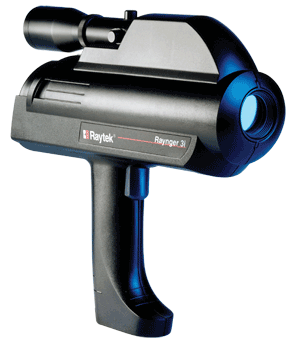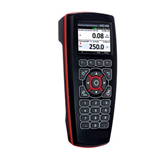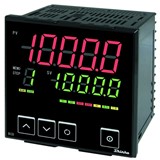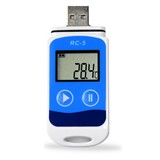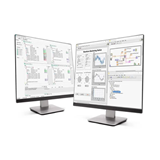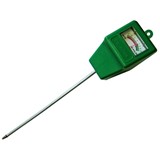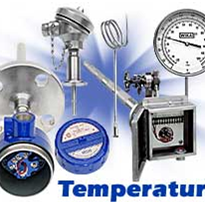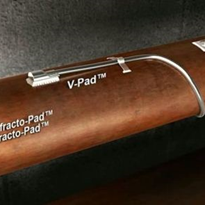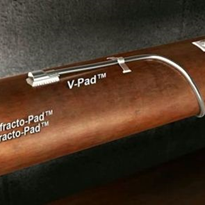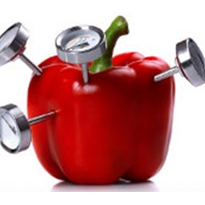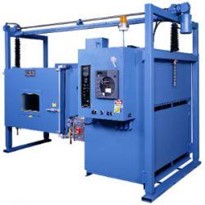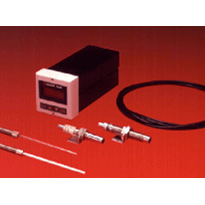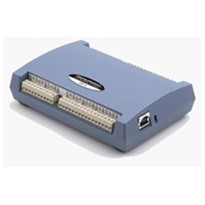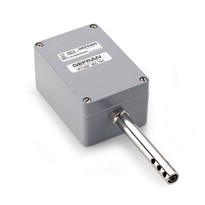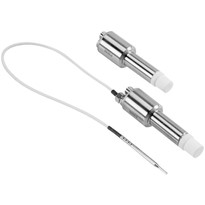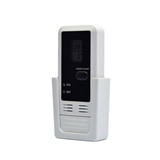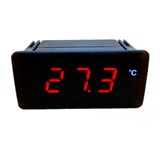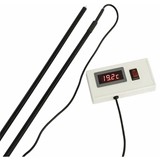The ability for humans to measure temperature without the assistance of technology can at best be described as rudimentary, akin to licking our finger, sticking it in the air, and expecting to be able to accurately gauge wind direction. Unreliable to say the least.
While our bodies are able to approximate a temperature between 0°C and 60°C courtesy of our in-built sensor – skin, this is hardly satisfactory when you consider in nature temperatures can vary from minus 273°C to some 100,000,000°C.
This failing in human engineering is of course no cause for any great concern, after all in industrial applications where precise temperature measurement is critical, we have technology to ensure we get it right, right?
Well not as much as you may think, according to Jim Walker, Marketing Director at ECEFast, a leading industrial instrumentation, measurement and control specialist solutions provider.
According to Walker in many industrial situations errors in temperature measurement of 5-10°C are common, and while that may not necessarily pose problems, there are certain applications when this degree of error is not acceptable.
"In many cases it doesn’t matter that you are getting your temperature measurement wrong. People are just looking for consistent quality. But multinational companies have to tie their measurement back to national standards," Walker told IndustrySearch.
Walker uses a cake shop as an example. If you own a cake shop and you are cooking your cakes at what you believe is 200°C, but in fact is only 190°C, it may not matter. The cake still cooks to an acceptable standard. If however you own a chain of cake shops and everyone is cooking their cakes to what they believe is 200°C, but in fact one is cooking it at 190°C and the other at 210°C, then the results are going to be different, and that may simply not be acceptable to a national or global business.
"In a metal treatment process, for aerospace applications for example, it’s no good having the wrong temperature during heat treatment, the metal might not be hard or soft enough," Walker said.
"Below the level of people who have to be right (about temperature), most people are guessing."
Walker says measuring to 1°C accuracy can be difficult, while measuring to 0.1°C can in turn be very, very difficult, without the right instrument. Therefore it is vital you know what tolerances are acceptable for your application, so you can speak to your technology provider about an appropriate solution. ECEFast has a thermometer with a theoretical accuracy of a few millionths of 1°C, so the technology exists if your application demands it.
Walker cites examples of some demanding temperature measurement jobs that companies have approached ECEFast with, where a solution beyond an off-the-shelf product line has been required.
"For 95 per cent of cases you can buy off the shelf. But if you have something that doesn’t work, learn about the technology because that in turn can give you an insight into the problem," Walker said.
"If it’s seriously tricky CSIRO or the NMI (National Measurement Institute) might provide support, failing that call an expert."
Which is exactly what some companies did when they encountered these problems. How for example do you measure the body temperature of a lizard in the Australian desert? Or how can you measure the temperature of a radioactive test piece in a vacuum when the sample is 2mm in diameter? One welding company contacted ECEFast needing to measure the temperature of plasma at an estimated 5000°C. Detectives in Rockhampton have also been in touch with ECEFast to find a temperature measurement solution for, yes you guessed it, measuring the temperature of dead bodies.
In the case of the lizard, ECEFast sold the client an infra-red thermometer that allowed it to accurately measure the lizard’s temperature from 1 metre away. For the welding company the solution was new technology.
"At the time we could not come up with a solution but subsequently we have found the solution where we can measure to 100,000K," Walker said.
The solution was spectrophotometry, which measures accurately - non contact - in a remarkable number of different and difficult environments. ECEFast represents California-based Liu Research Laboratories who developed the solution.
"It specially suits molten metals, gases and flames and ultra-high temperatures. (It can) not only measure the temperature regardless of emissivity, but (you) get a confidence level as an output - 5650°C with a confidence of 95%," Walker said.
"Not many people know this technology exists. It’s not more accurate than other temperature measurement solutions, but it measures in physical circumstances where other solutions just don’t work."
As far as the traps companies fall into where temperature measurement is concerned, Walker says some problems are common, but as with anything your best bet is speaking to someone who knows what they are talking about.
"Often people won’t even know they have a problem. For example, thermometers measure their own temperature. People think they are measuring environmental temperature – they aren’t," Walker says matter-of-factly.
"Electrical interference is another common problem, or measuring the wrong temperature by having the wrong probe, the bottom line is you should speak to an expert."
As for where temperature measurement technology is headed, Walker cites optic-fibre temperature measurement as a new technology.
"How do you measure temperature 5000 metres down a bore hole? Optic-fibre is the answer, and the technology is getting cheaper and working better," he says.
Even if your application isn’t as exotic as the temperature 5 kilometres under the ground, or lizards, cakes or dead bodies, chances are the technology exists to solve your problem.
That goes for the problems you know you have, as well as those you don’t.


